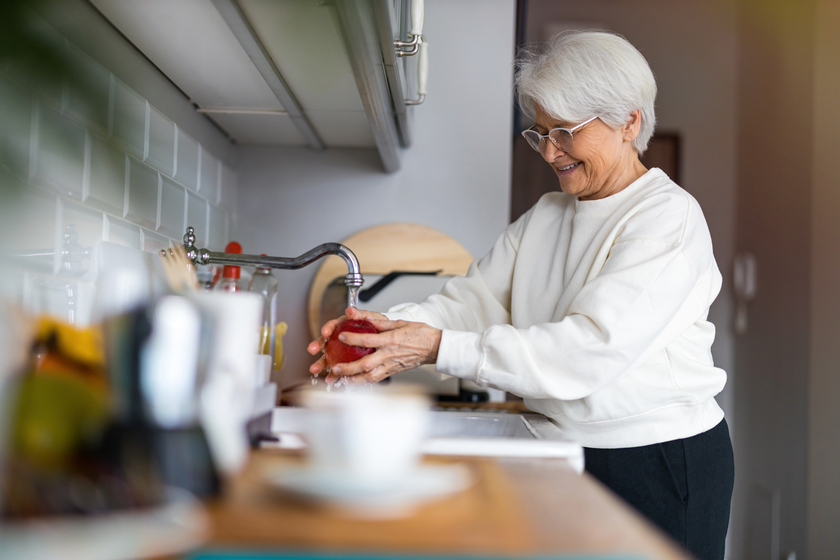For individuals diagnosed with dementia, routine tasks such as cooking can become a challenge. With the increased risk of injuries and accidents, the kitchen can become a potentially hazardous space. However, cooking is an essential life skill, and many individuals find solace and comfort in preparing meals. This article explores the measures that can be adopted within a retirement community to ensure safety while cooking with dementia.
The Importance of Safety in the Cooking Environment
As the progression of dementia takes place, cognitive abilities, including memory, attention, and problem-solving, deteriorate. This change amplifies the risk associated with cooking activities, such as forgetting to turn off the stove or misplacing sharp utensils. Nevertheless, it is important to maintain a semblance of independence for those affected. By introducing safety measures, residents in a retirement community can continue their culinary adventures with minimized risk.
Safety Tips for Cooking with Dementia
- Simplified Cooking Tasks
Opt for simple recipes with fewer ingredients and steps. Consider recipes that use microwaves or toaster ovens, which are typically safer than stoves. Also, try no-cook recipes, which eliminate the risk associated with hot surfaces and open flames.
- Automatic Shut-Off Appliances
Purchase kitchen appliances that come with automatic shut-off features. This ensures that if a resident forgets to turn off a device, it will shut down on its own after a set period, minimizing risks.
- Avoid Sharp and Dangerous Tools
Replace sharp kitchen tools with safer alternatives. For instance, use manual food choppers instead of knives, or scissors designed for culinary use.
- Labeling and Organization
Clearly label kitchen items and organize them in an easily accessible manner. Consistent placement reduces confusion and simplifies the cooking process.
- Supervised Cooking Sessions
Organize supervised cooking sessions as part of the retirement community events. Not only does this provide an opportunity for social interaction, but it also ensures safety as there are multiple individuals keeping an eye out for potential dangers.
- Regular Safety Checks
Conduct regular checks to ensure that the cooking area is safe. Check for any spills, ensure that appliances are turned off and that there are no obstacles in the pathway.
The Role of Retirement Communities in Promoting Safe Cooking
Retirement communities play a pivotal role in ensuring the safety of their residents. By adopting specific measures tailored to those with dementia, these communities can ensure that the act of cooking remains an enjoyable experience. For instance:
- Structured Cooking Activities: Organizing retirement living amenities such as structured cooking classes where residents can participate under supervision ensures safety while allowing them to enjoy the process.
- Regular Training: Conducting training sessions to make residents aware of the potential risks associated with cooking and ways to mitigate them.
- Safety Equipment: Ensuring the presence of fire extinguishers, smoke detectors, and other safety equipment in the kitchen area. Regularly checking and maintaining this equipment to ensure it is functional.
- Emergency Protocols: Establishing clear protocols for emergencies. Making sure that every resident is aware of these protocols and knows what to do in case of a mishap.
Cooking with dementia poses its challenges, but with the right precautions, it is possible to ensure safety without compromising the joy of culinary exploration. By adhering to the outlined safety tips and with the supportive environment of a retirement community, individuals with dementia can continue to enjoy the therapeutic and fulfilling act of cooking.







